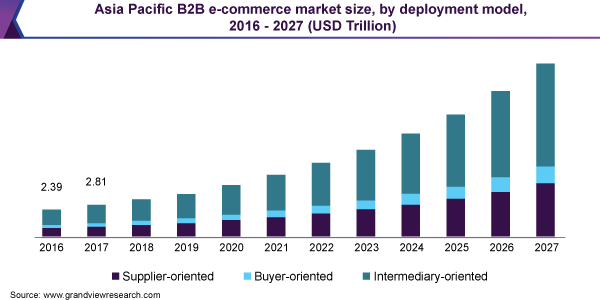The Rise of E-commerce: how online shopping is Transforming the retail industry

E-commerce has been on the rise for years, but the COVID-19 pandemic has accelerated the trend in a major way. With physical stores closed or operating under capacity restrictions, consumers have turned to online shopping in record numbers.
This shift in consumer behavior has transformed the retail industry in significant ways. Brick-and-mortar stores have struggled to keep up, with many big-name brands filing for bankruptcy or closing hundreds of locations. At the same time, online retailers like Amazon have seen explosive growth, with the company’s market value surpassing $1 trillion in 2020.
The benefits of e-commerce are clear. Online shopping is convenient, allowing consumers to browse and buy products from the comfort of their own homes. It’s also often cheaper, with online retailers able to offer lower prices than traditional brick-and-mortar stores thanks to lower overhead costs.
But the rise of e-commerce has also presented some challenges. For one, it’s created a crowded and competitive marketplace, making it difficult for smaller retailers to stand out. It’s also raised concerns about job losses, as automated systems and robots increasingly replace human workers in warehouses and fulfillment centers.
Despite these challenges, e-commerce is here to stay. Experts predict that online sales will continue to grow in the coming years, with some projections estimating that e-commerce sales will reach $6.5 trillion by 2024. As a result, retailers of all sizes will need to adapt to the new reality of online shopping if they want to stay competitive in the marketplace.
To adapt to the new reality of online shopping, retailers are investing in their e-commerce capabilities. This includes building robust online storefronts, improving their logistics and fulfillment operations, and offering new services like curbside pickup and same-day delivery.
In addition, retailers are leveraging data and analytics to gain insights into consumer behavior and preferences, allowing them to better target their marketing efforts and personalize the shopping experience. Social media platforms are also increasingly being used as a way to connect with customers and drive sales.
The rise of e-commerce has also led to the growth of new technologies and innovations. For example, augmented reality (AR) and virtual reality (VR) technologies are being used to provide customers with immersive shopping experiences, allowing them to see products in 3D and even “try them on” virtually.
Another area of innovation is the use of artificial intelligence (AI) and machine learning to improve the e-commerce experience. Retailers are using AI-powered chatbots to provide customer service, AI-powered recommendation engines to suggest products based on a customer’s browsing and purchasing history, and AI-powered fraud detection to prevent online fraud.
Overall, the rise of e-commerce has transformed the retail industry in profound ways, creating both challenges and opportunities for retailers of all sizes. As technology continues to advance and consumer behavior evolves, it will be essential for retailers to stay ahead of the curve and adapt to the changing landscape of online shopping if they want to remain competitive and thrive in the years to come.


